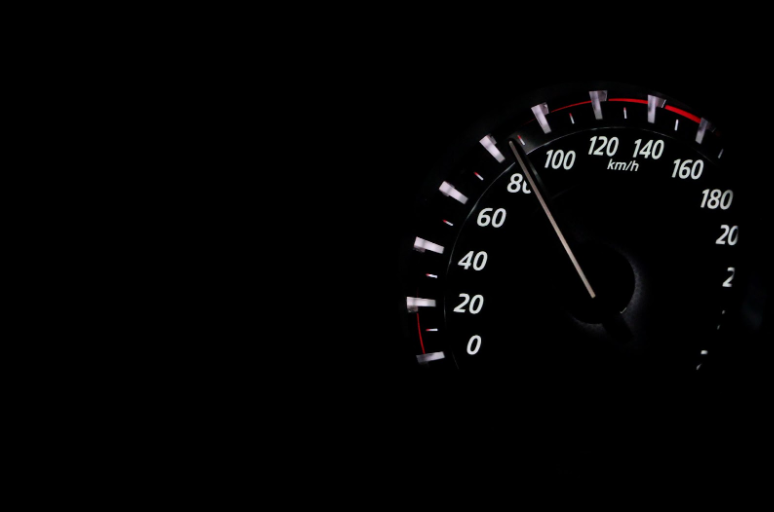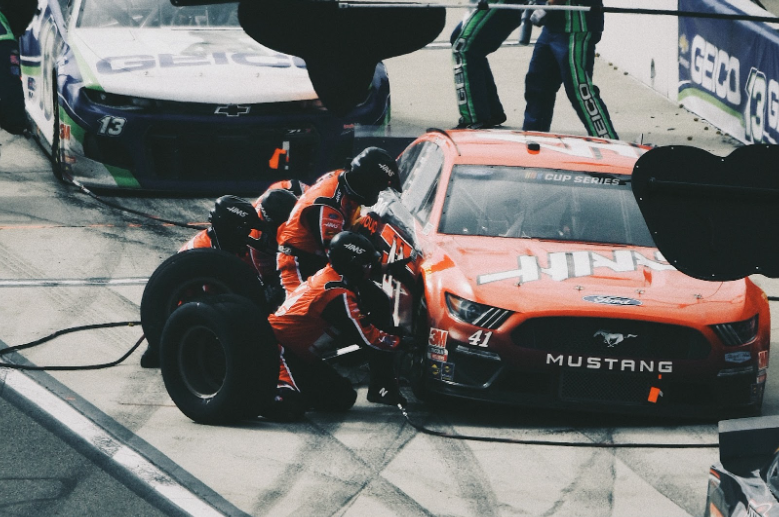Why Page Speed Optimization Matters for SEO & How To Do It
Just like drivers love cruising down a smoothly flowing highway, website visitors crave fast-loading pages. It’s the not-so-secret sauce to a seamless browsing experience, lower bounce rates, and happier users.
But slow-loading pages? They’re like getting trapped in an endless rush-hour traffic jam. Users get frustrated, engagement goes to the abyss, and site visitors leave early.
The solution? Optimizing your website for page speed! There are a lot of ways to go about page speed optimization. To help you out, we’ve listed five practical tips to optimize page speed. But, is page speed optimization really that important?
The Importance of Page Speed for SEO

Page speed optimization isn’t just about having a faster website. It’s about providing a more convenient experience for the users. That’s why page-speed optimized sites get the following advantages:
Faster Load Times
Just as drivers appreciate smooth traffic flow, website visitors value fast-loading pages. Optimizing page speed ensures that your website loads swiftly, reducing frustration and capturing the attention of your users. Although page speed isn’t a direct ranking factor for SEO, it does play a huge role in user experience.
User Experience
Entering a slow-loading website is like being stuck in constant stop-and-go traffic. You think you’re going somewhere, but in reality, you’re not. Making sure all the elements load fast is essential for promoting a better user experience.
Mobile Responsiveness
Most internet users are on mobile and web developers are shifting toward mobile-first development. Prioritizing how your site runs on mobile ensures an optimal browsing experience. This ensures that users can access your content quickly and effortlessly, enhancing their overall browsing experience.
How to Optimize Page Speed

Page speed optimization can get a bit technical. As a safety precaution, back up your data and get help from your web development team for the following optimization best practices:
Optimize Image Sizes
Oversized vehicles clog up roads the same way large image files slow down your website. Compress images before uploading to reduce the file size.
But, too much compression affects image quality. The alternative solution is converting images to next-gen formats like Webp.
Minify CSS and JavaScript
Most websites built with drag-and-drop builders, unfortunately, have tons of unnecessary CSS and JavaScript running in the background. These can slow down your site significantly.
To ensure you’re only running what you need when you need it, minify CSS and JavaScript.
Doing this results in snappier page loading times.
Caching
Your website content might take a while to load for first-time visitors. That’s when caching comes in. It stores data directly on a user’s device. So, the next time they visit your site, their browsers retrieve data faster and accelerate page speeds.
However, when users clear their browsing cache, they have to go through the process again. To ensure faster speeds, you’d need a content delivery network.
Content Delivery Networks (CDNs)
Content Delivery Networks are like multiple alternative routes to your destination. Instead of relying on a single server, CDNs distribute your website’s files across multiple servers in different locations. The closer the server is to the user, the faster they get the data.
So, if your content is distributed on multiple servers, users can just access the data from the server closest to them. This reduces latency between the user and the server resulting in faster page speed.
Have a Dedicated Server
In the world of website optimization, having a dedicated server is like having your own private express lane on the information superhighway.
Unlike shared hosting where multiple websites compete for resources, a dedicated server reserves all the processing power, memory, and bandwidth exclusively for your website.
You get a VIP lane all to yourself, enabling faster data retrieval and delivery. Visitors get a smooth and uninterrupted browsing experience, free from the traffic congestion of shared hosting.
Key Takeaways
Applying the right page speed optimization improves your chances of ranking higher on search engines and ensures a smoother user experience. So, if you’re planning on optimizing your page speed, consider the following best practices:
- Optimizing image sizes through image compression or conversions to next-gen formats.
- Minifying CSS and JavaScript.
- Using caching to improve load times on the user’s end.
- Using Content Delivery Networks to reduce latency between servers and users.
- Running your website from a dedicated server to get congestion-free hosting.


